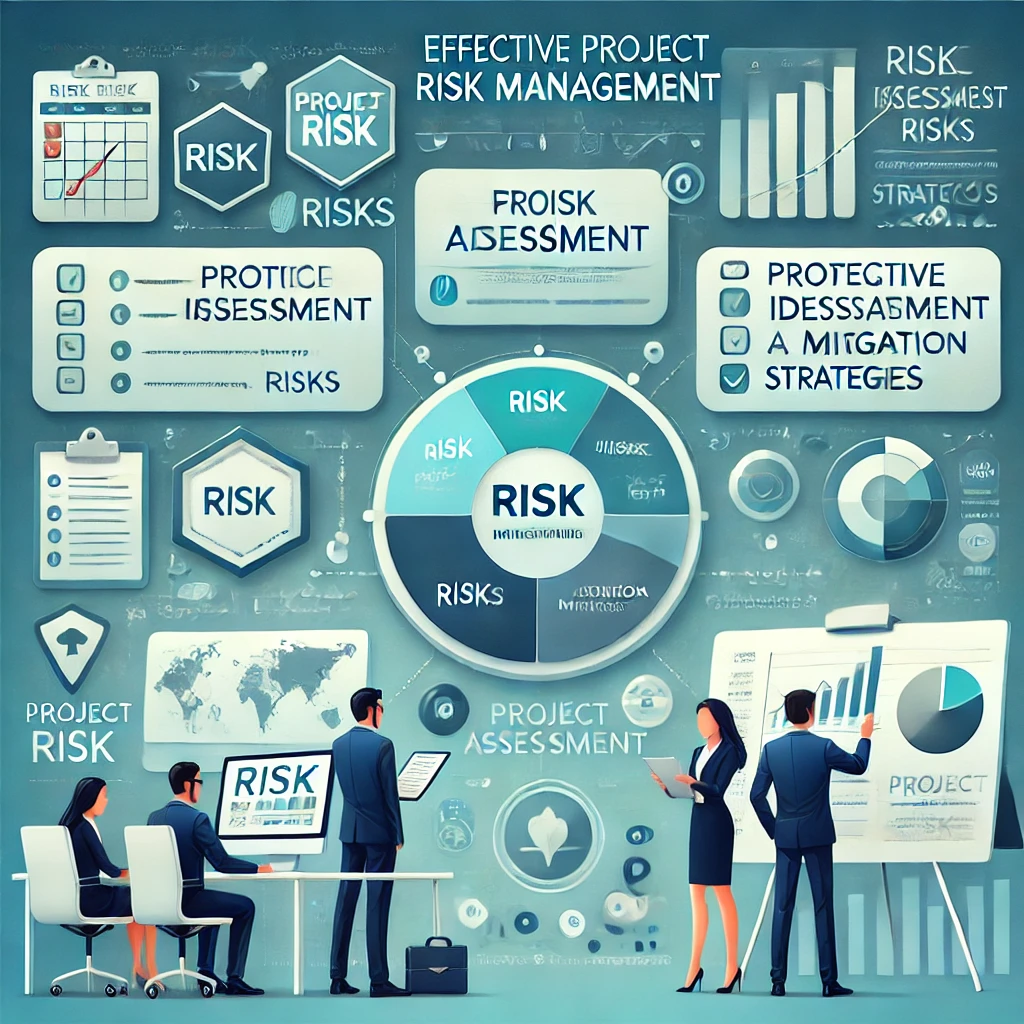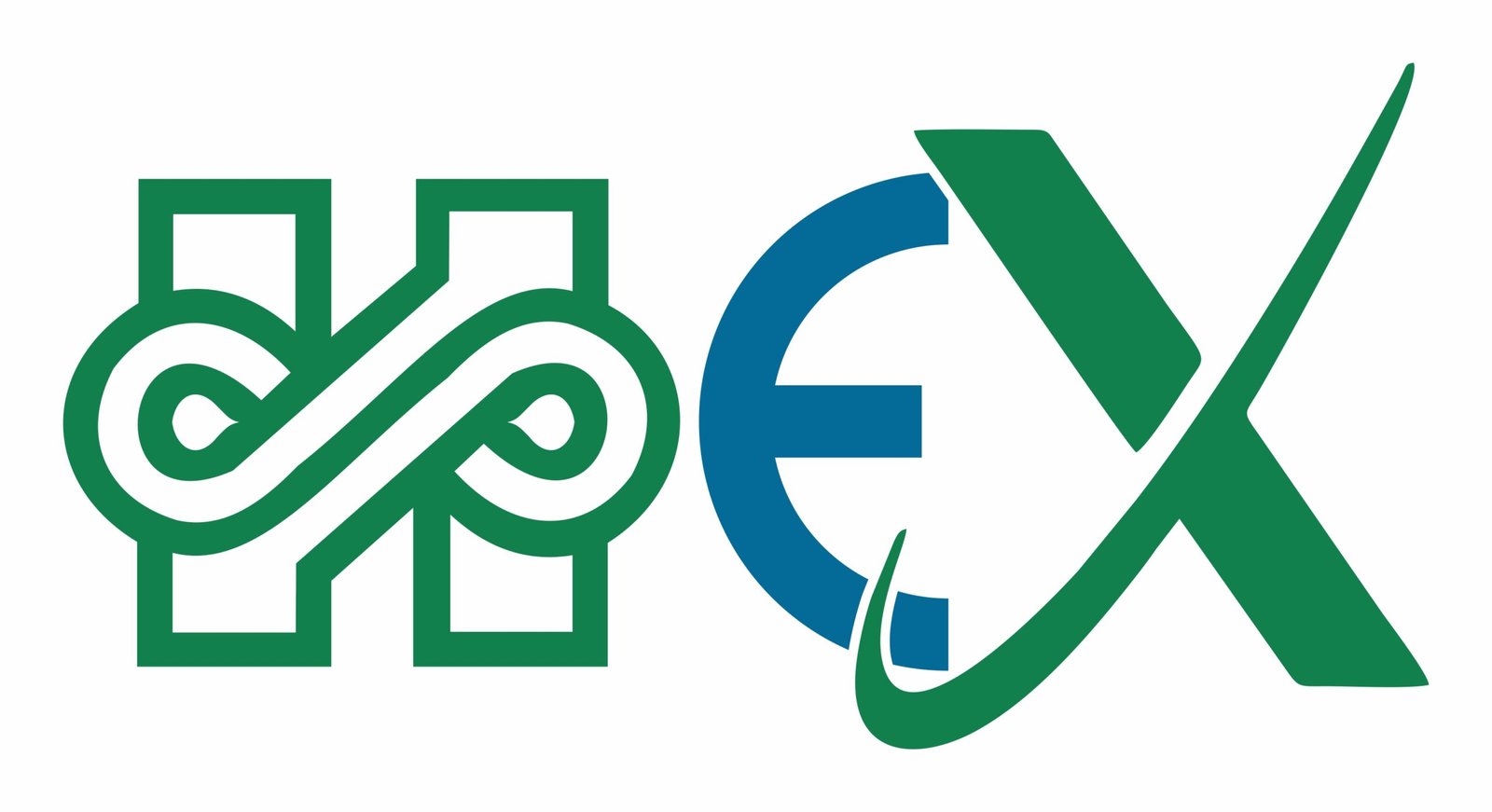Subtotal د.إ0.00
Risk management is a critical aspect of successful project execution. Every project, regardless of its size or industry, comes with uncertainties that can impact its timeline, budget, and overall success. Effectively managing project risks ensures that potential threats are identified, assessed, and mitigated before they become major roadblocks. Below are key strategies to manage project risks effectively.

1. Identify Potential Risks Early
The first step in managing project risks is to identify them as early as possible. Conduct a brainstorming session with your team, analyze past projects, and review industry trends to pinpoint common risks. These could include budget constraints, resource shortages, technology failures, or unexpected changes in requirements.
2. Assess and Prioritize Risks
Once risks are identified, assess their potential impact and likelihood. Use a risk assessment matrix to categorize risks as low, medium, or high priority. This helps in allocating resources efficiently and focusing on the most critical risks that could derail the project.
3. Develop a Risk Response Plan
Having a solid risk response plan is essential for effective risk management. The four common risk response strategies include:
- Avoidance: Taking measures to eliminate the risk altogether.
- Mitigation: Reducing the probability or impact of the risk.
- Transfer: Shifting the risk to a third party (e.g., through insurance or outsourcing).
- Acceptance: Acknowledging the risk and preparing contingency plans.
4. Assign Risk Owners
Each identified risk should have a designated owner responsible for monitoring and managing it. This ensures accountability and proactive action in case the risk materializes. Risk owners should have clear guidelines on when and how to escalate issues.
5. Monitor and Review Risks Regularly
Risk management is not a one-time task; it requires continuous monitoring throughout the project lifecycle. Schedule regular risk review meetings, update risk registers, and adjust mitigation strategies as needed to address evolving threats.
6. Use Risk Management Tools
There are several project risk management tools available, such as Risk Registers, SWOT Analysis, and Project Management Software (e.g., Trello, Jira, or Microsoft Project). These tools help track risks, document mitigation strategies, and improve decision-making.
7. Communicate Effectively
Transparent and timely communication is crucial in risk management. Ensure that all stakeholders are aware of potential risks, mitigation plans, and any updates. Having a clear communication channel helps in quick decision-making and collaborative problem-solving.
8. Have a Contingency Plan
Despite best efforts, some risks may still impact the project. Having a contingency plan in place allows the team to react swiftly and minimize disruptions. Set aside a risk buffer in the budget and timeline to accommodate unforeseen circumstances.
Conclusion
Managing project risks effectively requires a proactive approach, clear planning, and continuous monitoring. By identifying risks early, assessing their impact, implementing mitigation strategies, and fostering open communication, project managers can navigate uncertainties and ensure project success. A well-structured risk management plan not only minimizes threats but also enhances overall project efficiency and stakeholder confidence.





